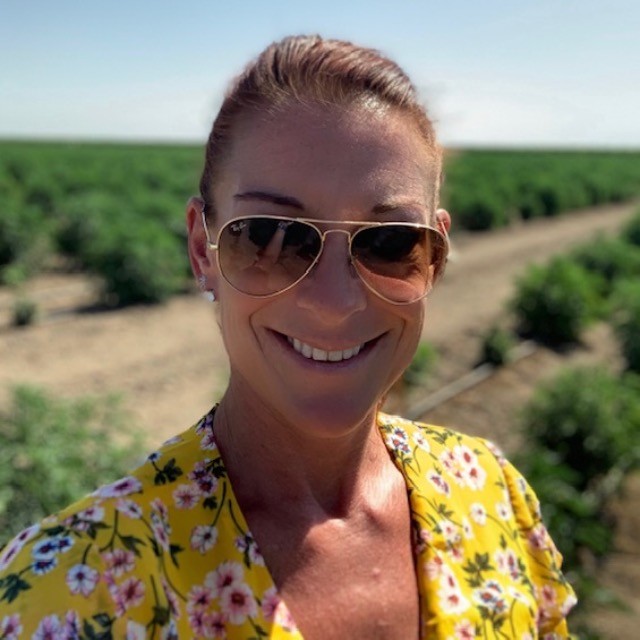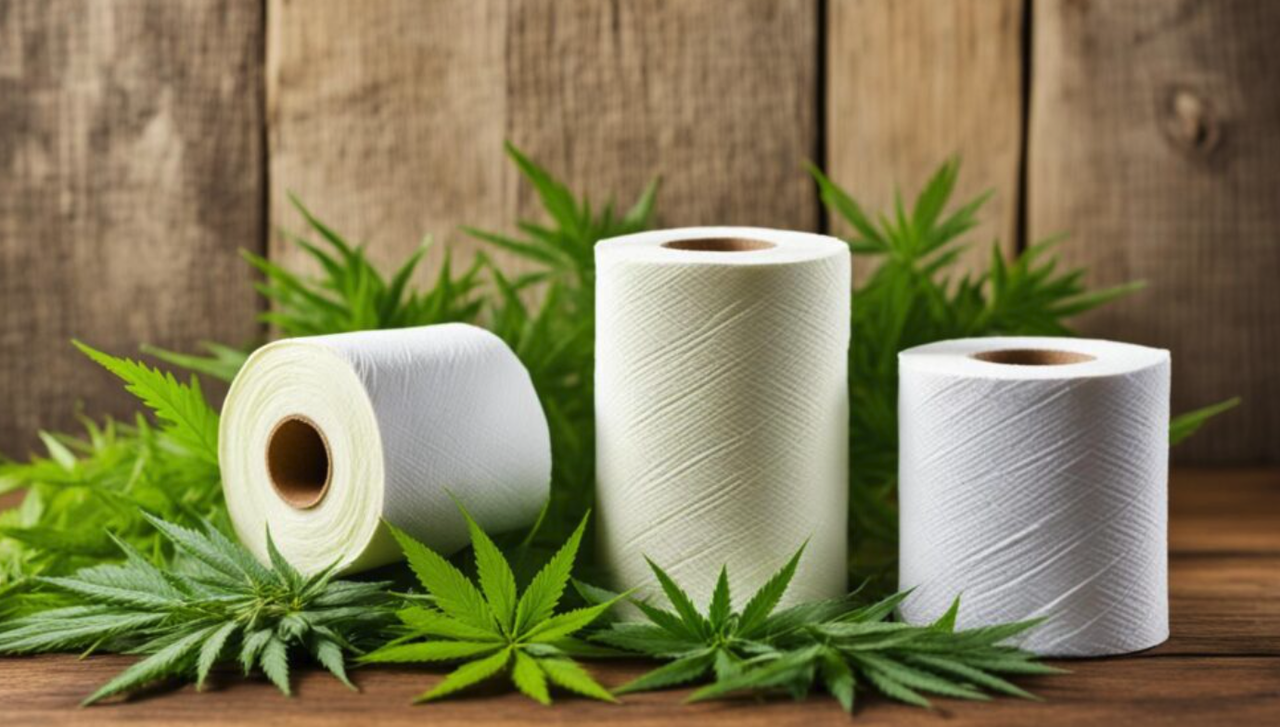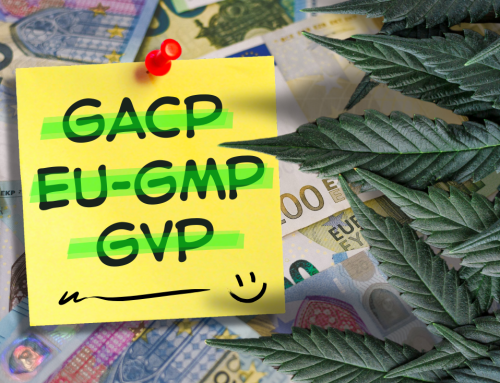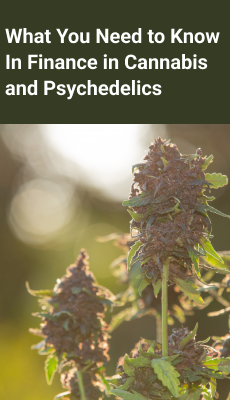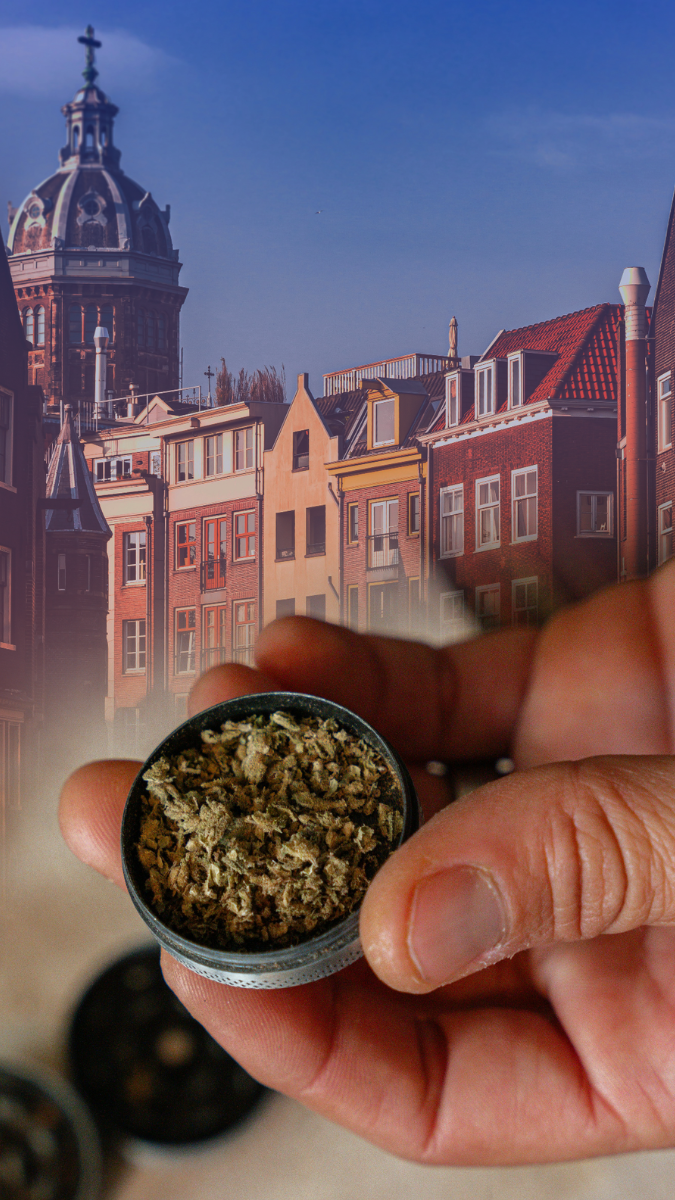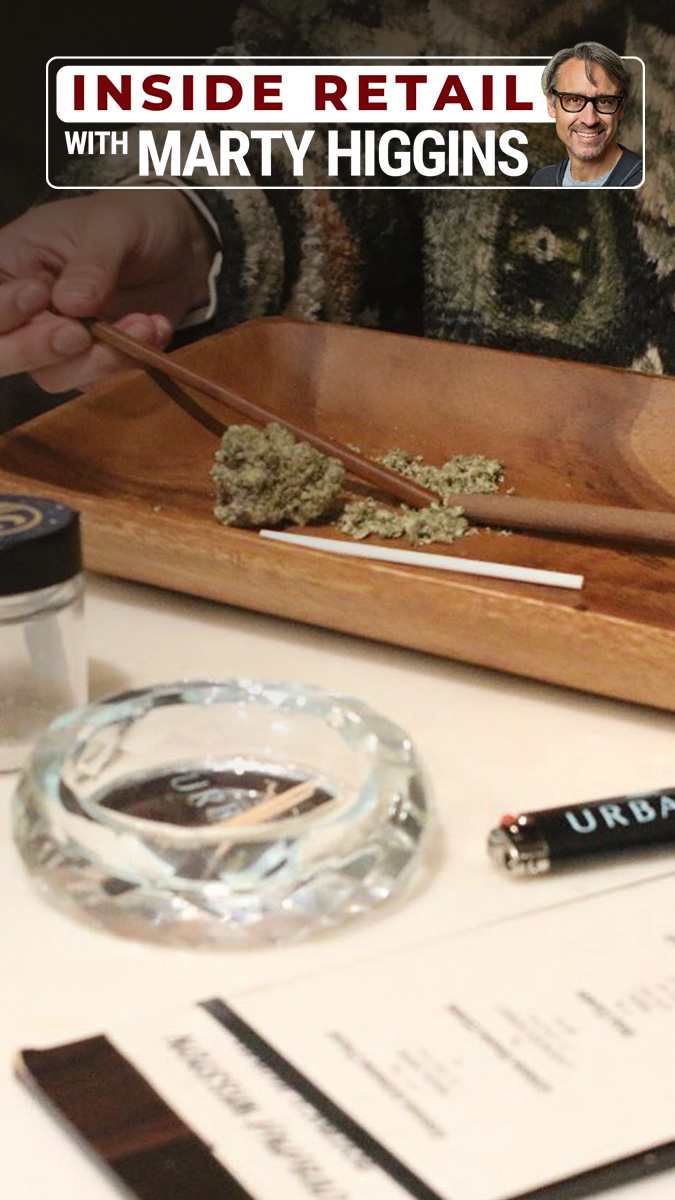OPINION: Industrial hemp just got ‘future proofed.’
NEW YORK- Industrial hemp just received the clearest signal yet that it’s not a fad, not a loophole, and not going away. It was effectively declared “future proof.”
When Congress passed the ”One Big Beautiful Bill” to reopen the federal government last week, it did more than end a shutdown. It rewrote the rules for the entire hemp industry.
The package moves to shut down intoxicating hemp-derived THC products – the gummies, vapes, and drinks that rode a legal gray area – and it also imposes a national limit of 0.4 milligrams of total THC per container on hemp ingestibles.
On paper, the bill says it “preserves” CBD. In practice, that tiny number is expected to wipe out most of today’s CBD and hemp-derived THC market while tracing a pathway to an eventual crack down on THC products.
A shaky future in the US for sure.
Industrial hemp is the exception. Fiber, grain, and other non-ingestible applications are not touched by the 0.4 milligram cap or the intoxicating-product ban. That makes industrial hemp the only part of the plant family that was truly saved by this bill, and a prime example of what “future proof” really means.
Future proof means you are building in categories the world cannot walk away from, in formats regulators are not trying to erase. Industrial hemp does exactly that.

Think about what it touches: toilet paper, packaging, building materials, textiles, bioplastics, animal bedding. These are not optional lifestyle choices. They are basic infrastructure. Lawmakers can argue all day about THC in gummies. Do you really think they will outlaw toilet paper or clothing?
Take my own company as an example. With TINY e TOILET PAPER, I am not asking the world to invent a new habit. I am taking one of the most universal products on earth and changing the feedstock behind it. Every person, every office, every hospital, every hotel, every stadium uses toilet paper. That demand does not disappear when laws change. All that shifts is what the roll is made from and how the supply chain is structured. A THC cap can kill a gummy. It cannot touch an industrial hemp TP roll.
This is why industrial hemp looks future proof after this bill:
- It is decoupled from intoxication and THC math.
• It feeds into essential, non-optional products.
• It aligns with climate and ESG goals governments have already committed to.
• It now has explicit legal separation from the “problem” side of hemp.
People like me, who live on the industrial side of the plant, have been told for years that our timing was off, that industrial hemp toilet paper, hemp insulation, or hemp textiles were too early or too niche. Meanwhile, fast money and celebrities chased cannabinoids, and headlines went to neon packaging and novelty products.
The clock just changed.
This bill does a lot of bad things, but we can’t ignore the one very good thing it does do: it makes clear that of all the things you can do with this plant, the part lawmakers are willing to protect is the industrial side.
And when do lawmakers ever agree?
It also validates investment into the infrastructure industrial hemp has been begging for: end use products that create demand for farmers and processors and turn harvested stalk into finished goods. Investors hesitated, worrying that industrial hemp wasn’t viable.
Now they have a completely new map.
The risky territory is medicinal and ingestible products – both THC and CBD. And the fight is not over; no one knows where these parts of the industry will be after the year is up. The protected territory is industrial applications that never depended on THC in the first place.

For founders like me, this is the moment we have been building toward. We always believed that once regulators were forced to choose between “high” and “infrastructure,” “novelty” and “necessity,” they would protect the latter. It took a messy funding bill to force that decision onto paper, but now we can see the line in black and white.
There is another aspect of the future proof factor for this plant: waste.
Every time you create a thing, there is waste. That waste is either usable or not. With industrial hemp, it is all usable, creating closed-loop manufacturing processes for the first time for products such as, oh, I don’t know, toilet paper for example.
Living soil, biochar, and biofuel are all examples of what every single part of this plant not used in or expelled as part of a supply chain can be turned into for revenue-generating material. Now these companies have validation for their own funding and viability.
If THC ever becomes federally legal, the supply chain to turn its waste into revenue will be in place. Additionally, I can use the stalks from THC plants to make toilet paper. Only the law keeps me from using this raw material source now.
But it isn’t all pretty. I am not jumping up and down cheering. This bill has a lot wrong with it that, if not changed, will pull the US backwards, closing an industry the rest of the world is opening up to.
A lot of people are quickly waking up and realizing what 24 hours did. It put them in a fighting stance, having to validate their existence, their value, and their viability… kind of like what I have been jumping up and down doing for the past 8 years since I got into the hemp game. I believe in the whole plant and I still support the whole plant so I’m in the fight ahead with the entire industry.
However, I have been talking about the future proof aspects of industrial hemp and industrial hemp toilet paper for a long time. You cannot convince me there will be a law making toilet paper banned.
That is pretty future proof to me.
Copyright © 2025 Highly Capitalized Network and Erica Halverson all rights reserved. Erica Halverson is a CPG and industrial hemp expert. She is a repeat founder with TINY e TOILET PAPER being her second company within the industrial hemp paper world, having made the pivot from rigid paper to soft paper.
